A shredder is a mechanical device used to shred, crush or shear materials of different shapes and sizes. There are many types, each with its own unique characteristics and application scenarios. The following is a detailed introduction to the types and characteristics of shredders:
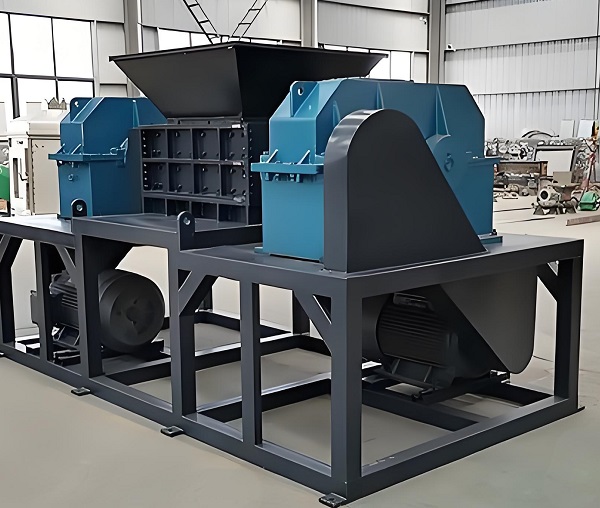
A. Types of shredders
a. Blade shredder (also known as knife shredder):
1. Structure: It consists of a motor, a reducer, a blade, a feed port, a discharge port, etc.
2. Working principle: The motor drives the blade to rotate at high speed through the reducer. After the material is fed into the feed port, it is broken into small pieces under the high-speed rotation and shearing action of the blade.
3. Application scenario: It is suitable for processing light and thin materials such as plastic film, paper, cloth, etc.
4. Features: Simple structure, easy maintenance, high crushing efficiency, but the blade is easy to wear and needs to be replaced regularly.
b. Shearing shredder:
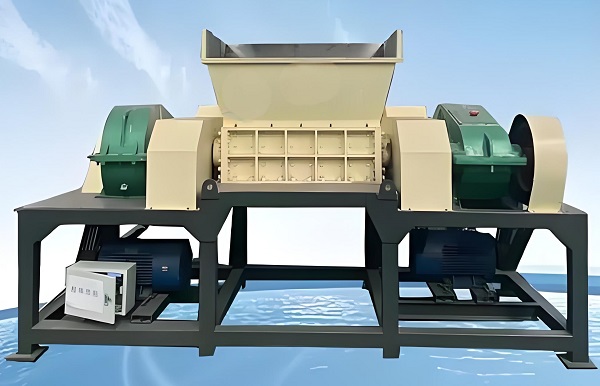
1. Structure: It has two to four knife shafts, and the material is sheared and crushed by two sets of blades that move relative to each other up and down or left and right.
2. Working principle: The material is crushed by shear force, which is similar to the working principle of scissors.
3. Application scenarios: Suitable for processing various soft and hard materials, such as plastic, rubber, wood, paper, etc.
4. Features: Good crushing effect, able to process harder materials, and the blade wears slowly, but the structure is relatively complex, and the manufacturing cost and maintenance cost are high.
c. Hammer shredder:
1. Structure: It consists of one or more high-speed rotating hammer heads.
2. Working principle: The hammer head continuously impacts and crushes the material during the rotation process, so that the material forms a multi-directional flow and shear in the body.
3. Application scenarios: Suitable for processing various large and high-hardness materials, such as scrap metal, rubber tires, wood, etc.
4. Features: Strong crushing ability, able to process various complex materials, and high crushing efficiency, but the hammer head wears quickly and needs to be replaced regularly, and the equipment noise is relatively large.
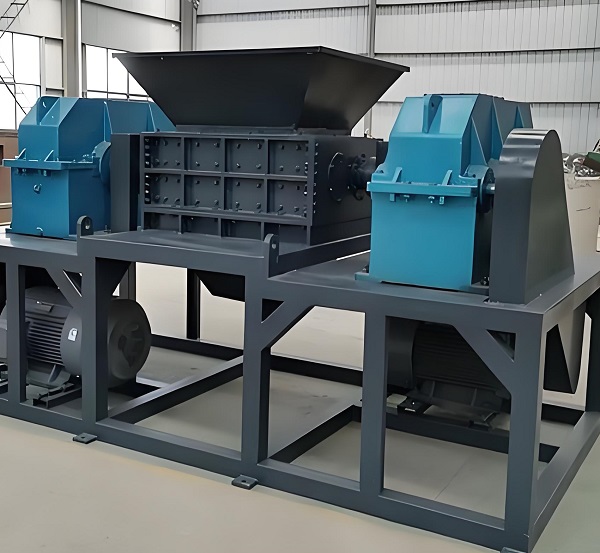
d. Double-shaft shredder:
1. Structure: It has two relatively rotating knife shafts, and multiple blades are installed on the knife shaft.
2. Working principle: After the material is fed into the equipment, it is broken into small pieces under the relative rotation of the two knife shafts and the shearing action of the blades.
3. Application scenarios: Suitable for processing various tough and sticky materials, such as waste cables, plastic barrels, rubber products, etc.
4. Features: Good crushing effect, able to process various complex materials, and not easy to generate dust during the crushing process, but the structure is complex, the manufacturing cost is high, and a large installation space is required.
e. Jaw shredder:
1. Structure: It consists of a pair of adjustable jaw plates.
2. Working principle: It is crushed by constantly adjusting the distance between the jaw plates to adapt to materials of different sizes.
3. Application scenarios: It is mainly used to shred large pieces of materials, such as waste tires, waste plastics, etc.
f. Roller shredder (also known as roller-cut shredder):
1. Structure: It consists of a pair of or more rotating rollers.
2. Working principle: The material is crushed by the friction of the rollers.
3. Application scenarios: Mainly used for crushing lightweight materials, such as waste glass, waste ceramics, etc.
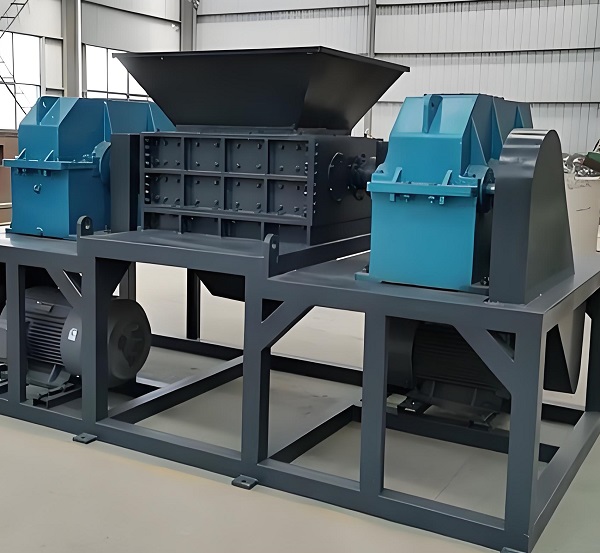
g. Vertical shredder and horizontal shredder:
Mainly distinguished according to the installation method of the equipment (vertical or horizontal).
Vertical shredders are usually compact and occupy a small area, suitable for occasions with limited space.
Horizontal shredders have larger crushing chambers and stronger crushing capabilities, suitable for processing large quantities or large-sized materials.
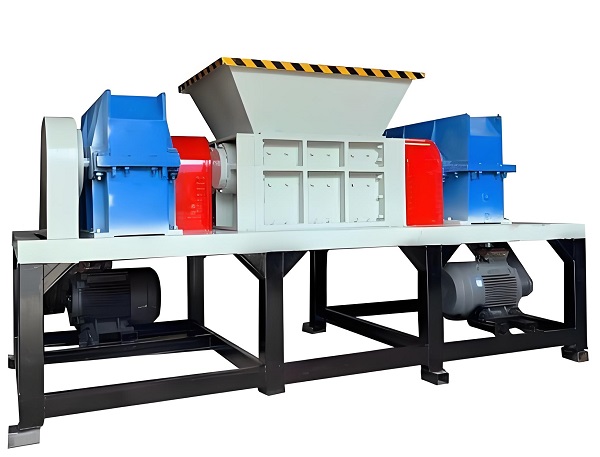
B. Features of shredders
1. Strong knives: The knives of shredders are usually cast with alloy steel, which are strong and durable with a long service life.
2. Strong frame: The frame plate of the equipment is thicker and can resist high torque, ensuring the stability and durability of the equipment.
3. Automatic control: Many shredders use microcomputer (PC) automatic control, with start, stop, reverse and overload automatic reverse control functions, which improves the convenience and safety of equipment operation.
4. Environmental protection and low noise: The equipment has the characteristics of low speed and high torque, and the noise generated is low, and the dust emission can meet environmental protection standards.
5. Easy to adjust and maintain: The thickness of the shredder's knives and the number of its claws can be replaced and adjusted according to different materials, making it easy for users to flexibly configure according to actual needs. At the same time, the equipment has low maintenance costs, is economical and durable.
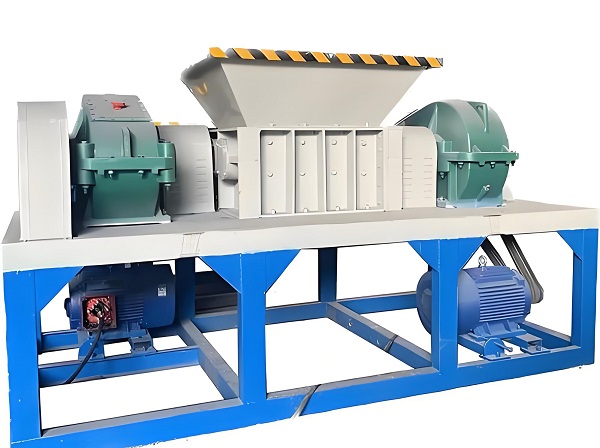
PS: There are many types of shredders, each with its own unique characteristics and application scenarios. When choosing a shredder, you need to choose the appropriate type based on the properties and processing requirements of the specific material to ensure the normal operation and crushing effect of the equipment.
Save Time! Get A Detailed Quotation Quickly.
